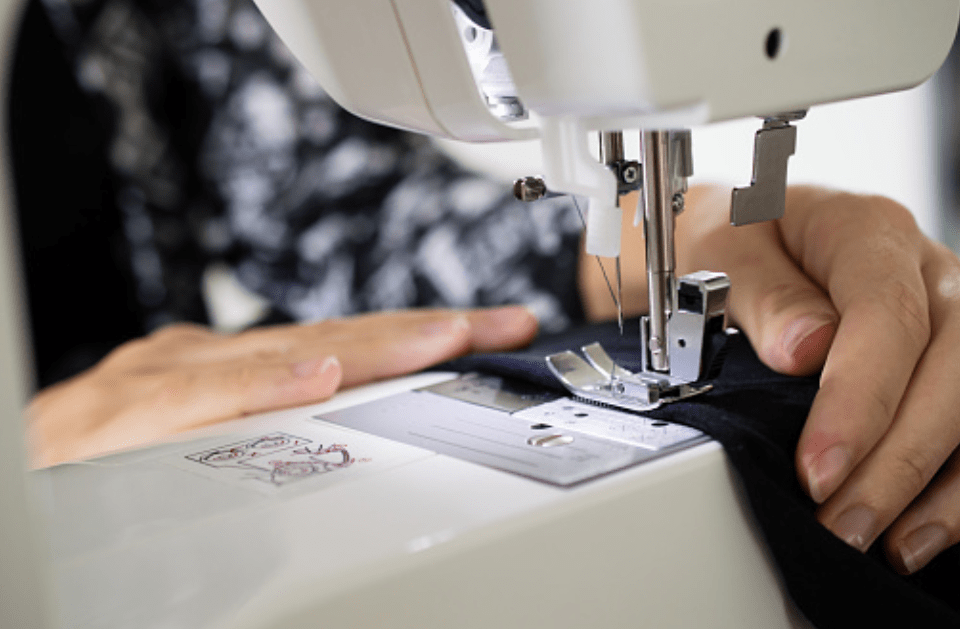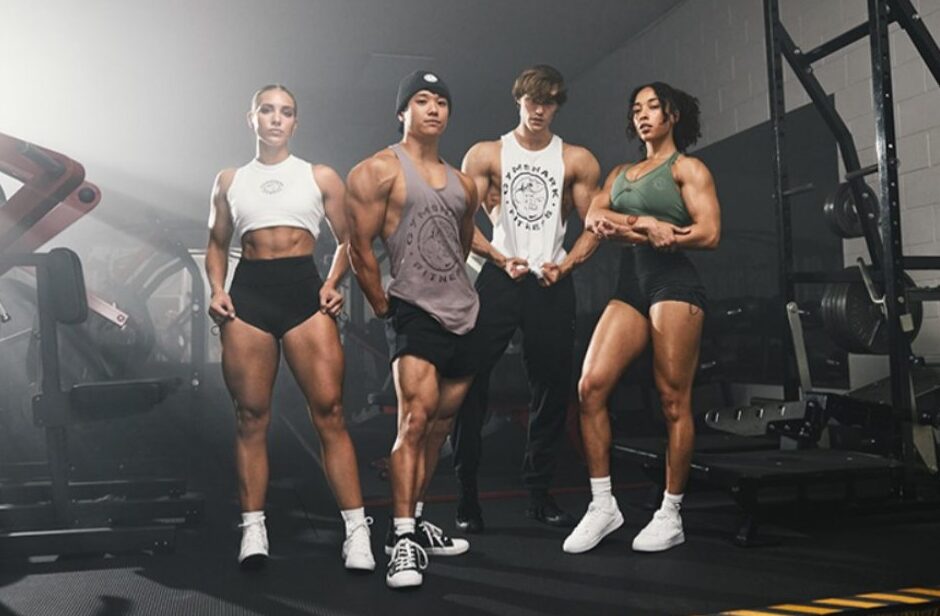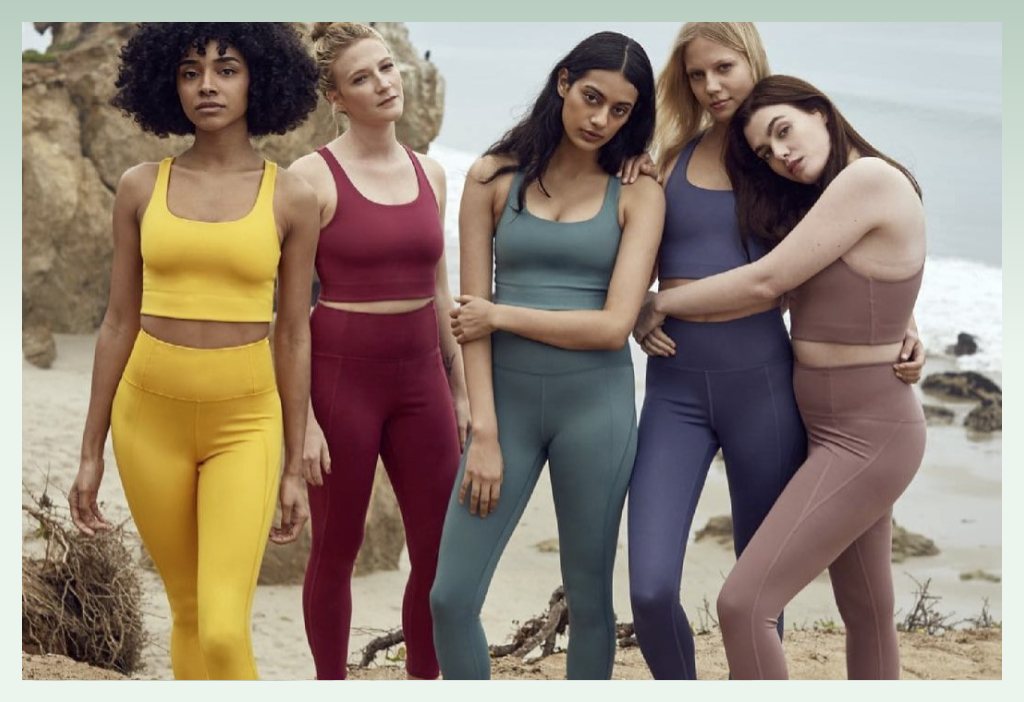Choosing between knit and woven fabrics isn't just a technical decision—it's about aligning your brand's identity with the right feel, function, and fashion. Whether you're crafting cozy loungewear or structured suits, understanding these fabrics' nuances can make all the difference.
Knit and woven fabrics differ fundamentally in construction and characteristics. Knit fabrics are made by interlooping yarns, resulting in stretchable, comfortable materials ideal for casual and activewear. Woven fabrics, created by interlacing yarns at right angles, offer structure and durability, making them suitable for formal and tailored garments. Your choice should align with your brand's aesthetic, target audience, and product functionality.
Before diving into specifics, let's explore how these fabrics are constructed and what that means for your brand.
What Are the Core Differences Between Knit and Woven Fabrics?
Understanding the basic construction of knit and woven fabrics is essential for making informed decisions in fashion design and production.
Knit fabrics are created by interlooping yarns, giving them elasticity and softness, :making them ideal for garments requiring movement and comfort. Woven fabrics are made by interlacing yarns at right angles, : resulting in a stable and structured fabric suitable for formal and tailored clothing.

Construction and Characteristics
Knit Fabrics:
- Construction: Made by interlooping a single yarn, resulting in a series of connected loops.
- Stretch & Flexibility: Naturally stretchy, providing comfort and ease of movement.
- Common Uses: T-shirts, leggings, activewear, and loungewear.
Woven Fabrics:
- Construction: Created by interlacing two sets of yarns (warp and weft) at right angles.
- Structure & Stability: Less stretch, offering a crisp and structured appearance.
- Common Uses: Dress shirts, trousers, blazers, and formal wear.
Understanding these fundamental differences helps in selecting the appropriate fabric type that aligns with your brand's design and functionality requirements.
How Do Stretch, Durability, and Care Compare Between Knit and Woven Fabrics?
When choosing fabrics, consider how they perform in terms of stretch, durability, and care requirements.
Knit fabrics offer high elasticity, making them suitable for form-fitting garments, but they may be prone to pilling and stretching out over time. Woven fabrics have minimal stretch, providing structure and shape retention, and are generally more durable and resistant to wear and tear.
Performance Comparison
| Feature | Knit Fabrics | Woven Fabrics |
|---|---|---|
| Stretch | High elasticity; ideal for movement and comfort | Minimal stretch; maintains shape and structure |
| Durability | May pill or stretch over time | More resistant to wear and tear |
| Care | Wrinkle-resistant; gentle washing recommended | May wrinkle easily; often requires ironing |
Selecting the right fabric depends on the intended use of the garment and the desired balance between comfort and durability.
Which Fabric Type Suits Your Product Line Best?
Aligning fabric choice with your product line ensures consistency in quality and customer satisfaction.
Knit fabrics are ideal for casual wear, activewear, and garments requiring stretch and comfort, :contentReference[oaicite:4]{index=4} such as t-shirts and leggings. Woven fabrics are suitable for formal and structured garments like suits, dresses, and shirts, :contentReference[oaicite:5]{index=5} offering a polished and tailored look.
Application Examples
- Knit Fabrics: T-shirts, hoodies, yoga pants, and casual dresses.
- Woven Fabrics: Button-down shirts, trousers, blazers, and evening gowns.
Consider your brand's focus and the preferences of your target audience when selecting fabrics for your product line.
What Are the Production Considerations for Knit vs. Woven Fabrics?
Production aspects such as cost, manufacturing processes, and sustainability play a crucial role in fabric selection.
Knit fabrics may be less expensive due to simpler manufacturing processes, :contentReference[oaicite:6]{index=6} and are produced using knitting machines, allowing for seamless designs. Woven fabrics can be more costly owing to complex weaving techniques, :contentReference[oaicite:7]{index=7} requiring looms and more time-consuming production.
Production Factors
| Aspect | Knit Fabrics | Woven Fabrics |
|---|---|---|
| Cost | Generally lower due to simpler processes | Potentially higher due to complex weaving |
| Manufacturing | Knitting machines; efficient for seamless items | Looms; time-intensive production |
| Sustainability | Can be made from organic materials; less waste | Also sustainable; consider environmental impact |
Evaluating these factors helps in making cost-effective and environmentally conscious decisions for your brand.
How Does Fabric Choice Reflect Your Brand Identity?
Your choice of fabric communicates your brand's values and appeals to your target market.
Luxury brands may prefer woven fabrics for their structured and high-end appeal, :contentReference[oaicite:8]{index=8} while casual or athletic brands might opt for knit fabrics to emphasize comfort. :contentReference[oaicite:9]{index=9} Understanding customer expectations and desired aesthetics is key.
Brand Alignment
- Luxury & Formal Brands: Woven fabrics convey sophistication and structure.
- Casual & Activewear Brands: Knit fabrics offer comfort and flexibility.
Aligning fabric selection with brand identity ensures coherence in product offerings and meets customer expectations.
Conclusion
Choosing between knit and woven fabrics is pivotal in defining your brand's identity and meeting customer needs. By understanding their differences in construction, performance, applications, production considerations, and brand alignment, you can make informed decisions that resonate with your target audience.





